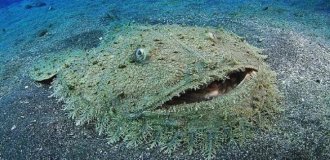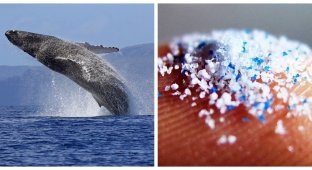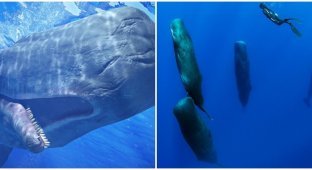Fin whale: 25 meters, 74 tons of weight and 140 years of life (10 photos)
What does it feel like to be “the very best”? Just ask the fin whale: these guys are breaking records on all fronts. Keep your fingers crossed: they are some of the largest, fastest, most voracious and mind-blowing whales of all. 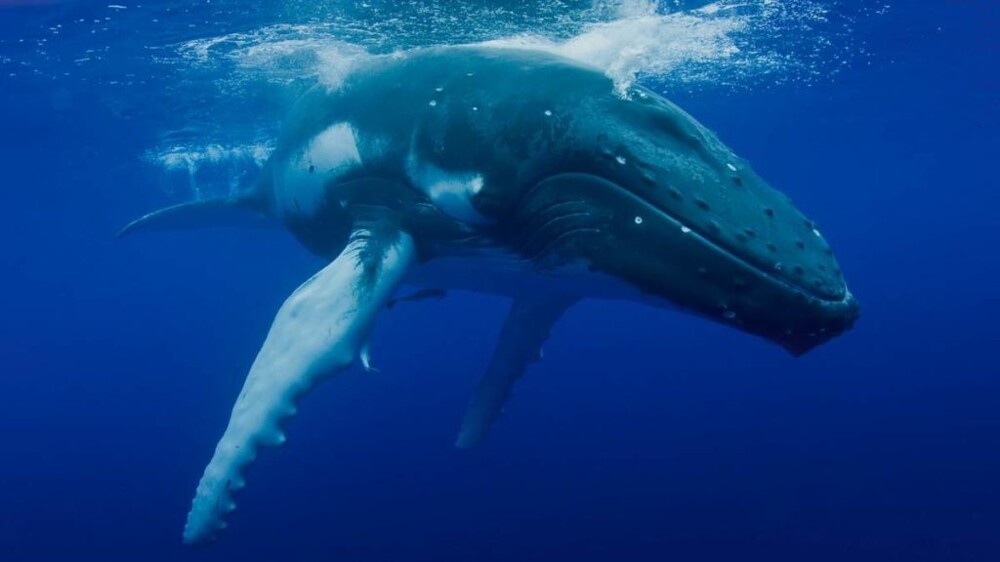
And they just have an excellent nervous system! 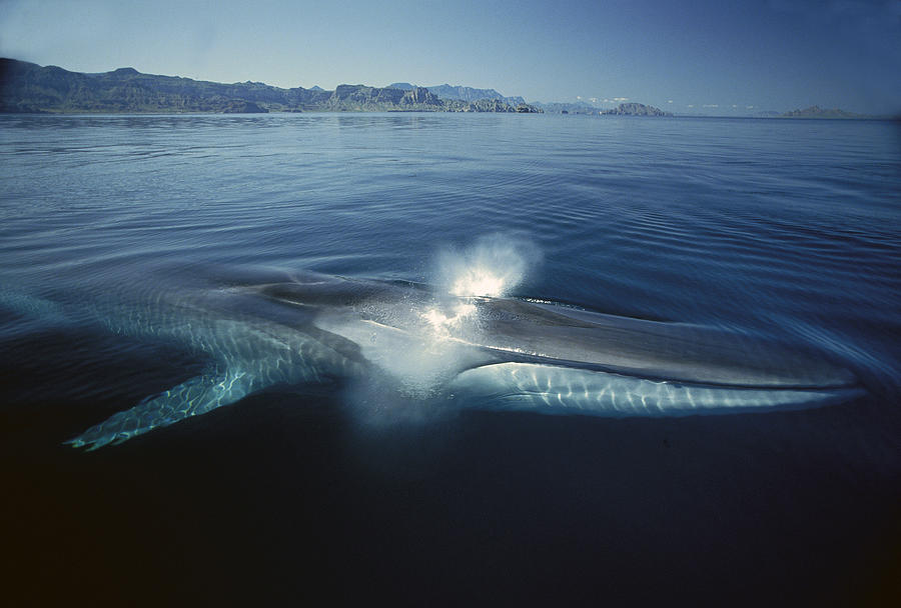
I just don't watch the news.
The fin whale, the sea hound, or herring whale, is the second largest animal on earth and one of the fastest cetaceans. Scientists have not yet fully decided on the taxonomy of these animals and distinguish either 2 or 4 subspecies. They are distinguished by place of residence, nuances of appearance and characteristics of songs. True, only an experienced cetologist (whale zoologist) can actually distinguish the wupsen from the fin whale subspecies, because they all have the same face: a streamlined body shape, a gray-brown top and a white-black spotted bottom. 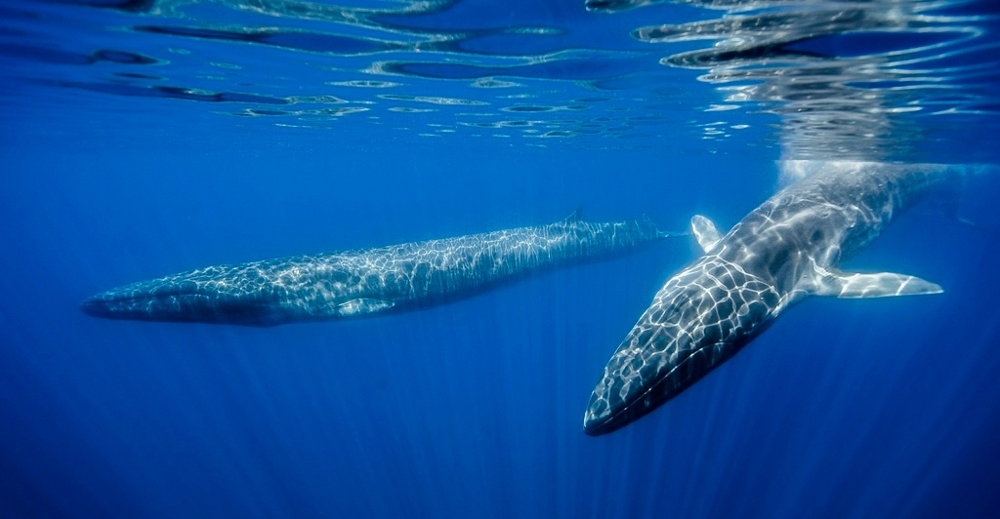
All sighthounds belong to the family of minke whales and the order of baleen whales. Genetically, these guys are close relatives of blue whales: the evolutionary branches of the two giants diverged not so long ago, about 3.5 million years ago - like humans and gorilla. However, hybrids of blue and herring whales are much more common than gorilla people.
It is not for nothing that fin whales occupy their honorable second place in size. These animals grow more than 25 meters in length - as tall as a nine-story building! Our heroes weigh 74 tons. Interestingly, the largest living blue whales are only 3 meters longer than fin whales, but they weigh 200 tons! Compared to them, fin whales are skinny and slender! 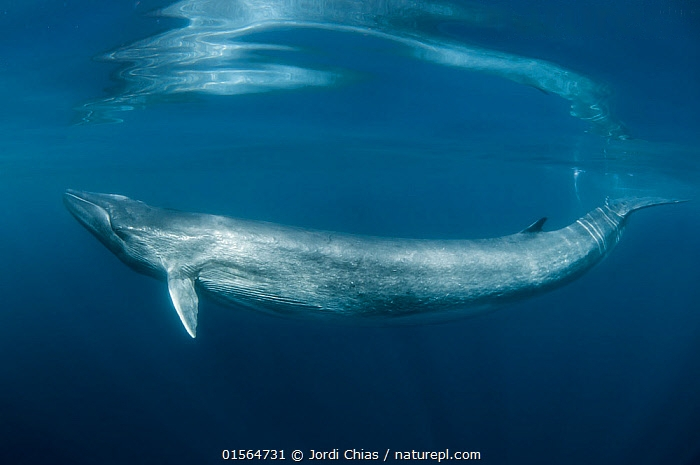
Marina, I lost a couple of tons for the new year. How do you like the result?
Actually, such elegant shapes, coupled with the remarkable strength of the fins, help these whales accelerate to 46 km/h. Decent speed for such colossus - only killer whales and some dolphins swim faster than herring whales. By the way, for this reason, herring whales are called sea greyhounds - by analogy with greyhound dogs, slender and very fast. 
— Sanya, you are a giant whale weighing several tens of tons. Stop fooling around! - I don’t know anything, I’m a dolphin!
This species of whale is rightfully considered a “citizen of the world”: the range of fin whales covers the entire waters of the world’s oceans. They don’t live except in the far, far north and south, where the ice floes drift. We've probably seen enough of the Titanic! The animals swim in groups - usually their herds number about 6-10 individuals. But in regions that are especially rich in food, you can see up to 100 whales at once. A truly impressive sight - so many giants in one place!
In addition to herring, capelin and pollock, whales eat krill on an industrial scale. Giants need almost 2 tons of food per day. But the animals get their lunch by simply opening their mouths. At one time, the whale takes in up to 70 cubic meters of water. For comparison: the tank of one huge KamAZ water carrier can only hold 10 cubic meters! 
I'm going to put the food here.
A special super-extensible device in the nerves of the lower jaw and tongue helps greyhounds collect such a huge amount of water at a time. Typically, in mammals, the nerves begin to go crazy already at 8% deformation, and break at about 29%. Fin whales can easily tolerate stretching up to 115%! It’s a pity it’s not all over the body, otherwise there would be rubber whales swimming now! 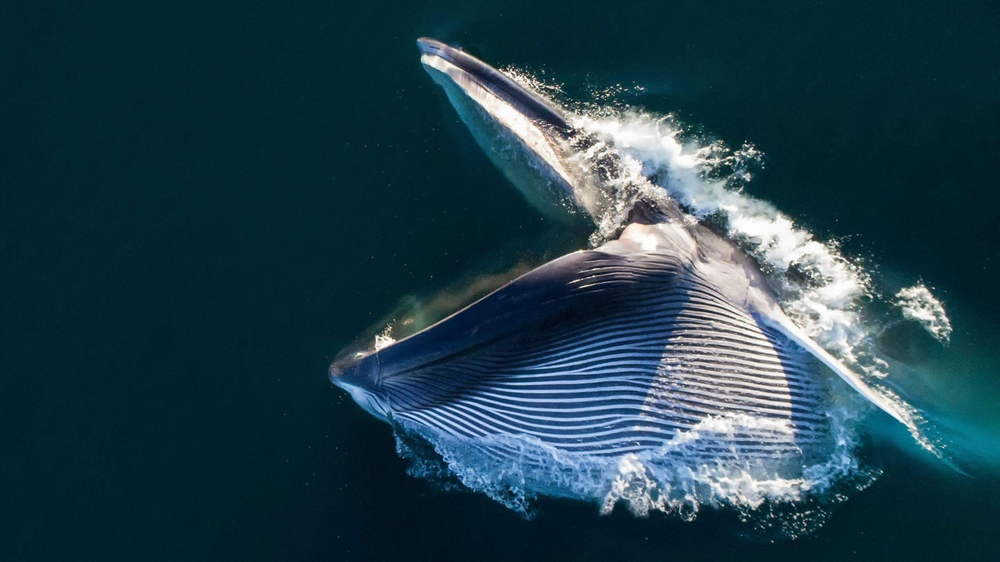
Say "Ah-ah." Not as much!
After taking in water, the mouth closes and the liquid is filtered through the baleen plates on the sides of the jaw. The whale simply licks everything edible that remains on the plates from its whiskers with its tongue. 
Glass got into my mustache and into my mouth!
If, after everything you’ve read, you really want to meet greyhounds in person, then you can calculate the coordinates of these guys using the migration schedule. In winter, southern whales hang out in temperate and subtropical latitudes, and in the summer months they swim south to fatten up. Northerners do the same, but instead of the south, they logically migrate to the north. And here’s the trick: in their travels, the two species of fin whales do not meet each other. They live in different hemispheres! And winter and summer there come in different months! 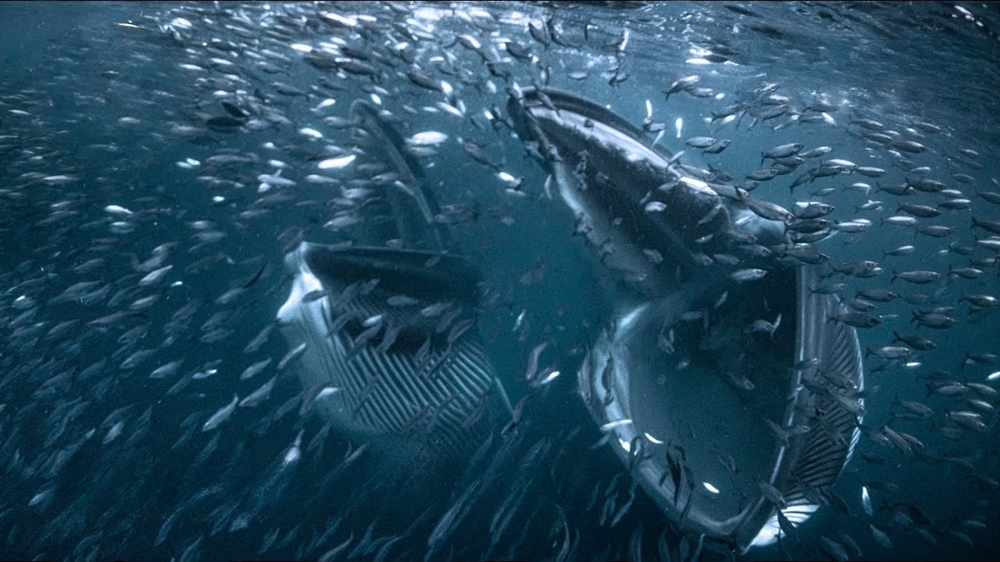
How my refrigerator sees me at 3 am.
But why do greyhounds dart back and forth across the ocean? Everything is simple here. In warmer, temperate waters, whales mate and give birth. Mating rituals are not well described, but males appear to compete with each other and sing to females in the hope of a single date.
Pregnancy among fin whales lasts a whole year, and the period of milk feeding lasts 6-7 months. Usually the female brings only one cub, but some witnesses speak of six babies at once. Due to their size, even the calves of herring whales are protected from the attacks of all oceanic predators. Well, except for killer whales, of course. These reckless predators are not afraid to attack anyone. 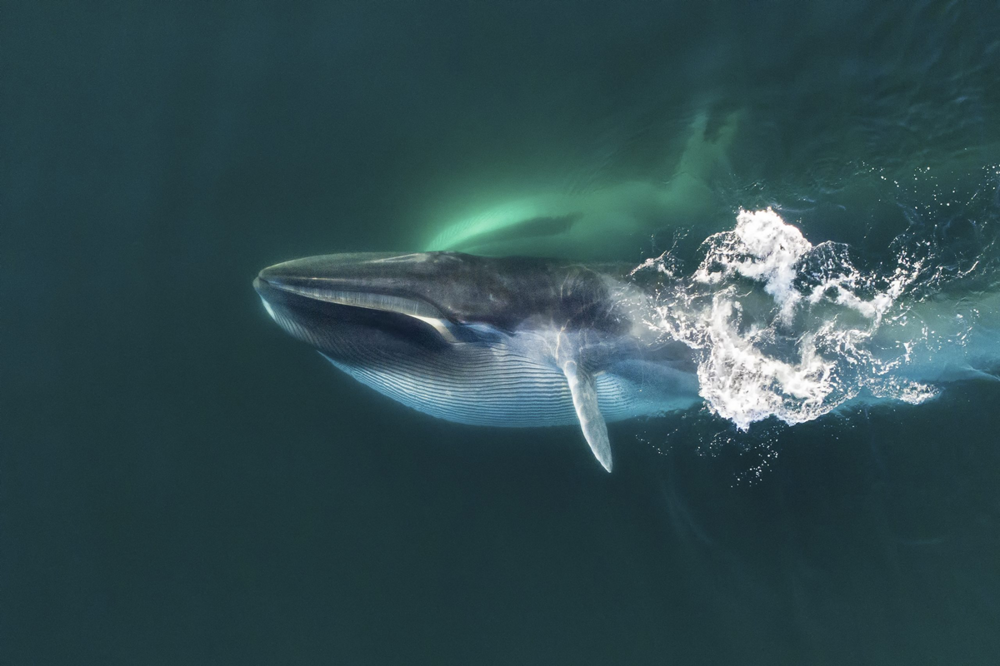
A fin whale reaches a length of 6 meters and weighs 2 tons. These are the dimensions of large killer whales!
Such courage of killer whales is explained simply: fin whales do not offer aggressive resistance and simply strive to swim away from the enemy. Because of this, animals are considered very easy prey in whaling. Yes, sad as it is, some countries to this day continue industrial hunting for the endangered fin whale population. After the mass extermination of blue whales, our heroes became easy replacements. People created fast whaling ships, which condemned greyhounds to the same extinction as many of their slower counterparts. Even record lifespans do not save fin whales from extinction - there were individuals approximately 140 years old!







